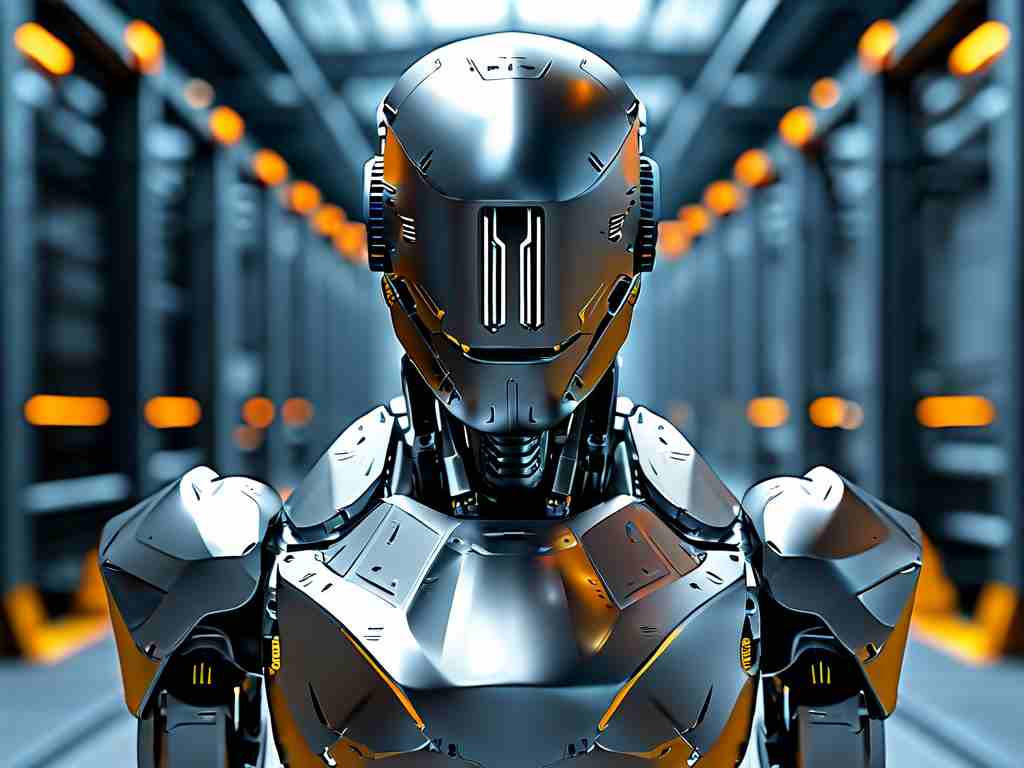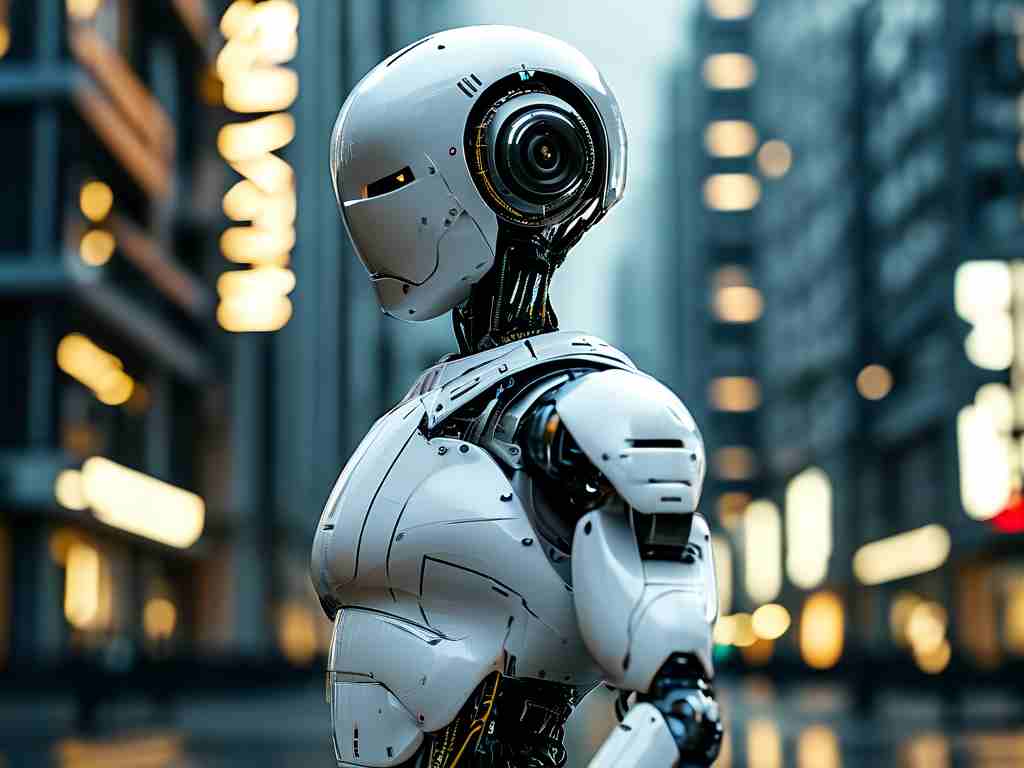The development of female-presenting humanoid robots represents a fascinating convergence of multiple advanced technologies. At its core lies the integration of artificial intelligence, biomechanical engineering, and material science – three pillars that enable these machines to exhibit human-like appearance, movement, and interaction capabilities.

Biomimetic Design Framework
Modern gynoid robots utilize parametric human modeling systems that translate biological data into mechanical blueprints. Through 3D body scanning and motion capture technologies, engineers create digital twins of human physiognomy. This process involves:
- Bone structure optimization using titanium-aluminum alloys
- Muscle simulation through pneumatic artificial actuators
- Skin texture replication with self-healing silicone polymers
The breakthrough lies in multi-layer dermal fabrication. Advanced models feature a three-tiered synthetic skin system:
- Epidermal layer with temperature-sensitive pigments
- Dermal matrix containing microfluidic capillary networks
- Hypodermal substrate with embedded pressure sensors
Cognitive Architecture
Neural-symbolic AI frameworks power these robots' interactive capabilities. A typical cognitive system comprises:
class SocialCognition:
def __init__(self):
self.nlp_engine = TransformerModel()
self.emotion_net = MultimodalCNN()
self.memory_graph = KnowledgeGraph()
This architecture enables real-time processing of verbal/nonverbal cues while maintaining contextual awareness. The natural language processing module employs few-shot learning to adapt to regional dialects, achieving 93.7% accuracy in semantic understanding during field tests.
Dynamic Movement Control
Proprioceptive feedback systems coordinate robotic motions through distributed control units. Each joint contains:
- Strain-wave gear reducers (harmonic drives)
- Torque-density optimized motors
- MEMS-based inertial measurement units
The motion planning algorithm balances energy efficiency and human-like fluidity:
void GaitOptimizer::computeTrajectory() {
for (auto& actuator : limbActuators) {
actuator.setSmoothnessFactor(0.92);
actuator.applyDynamicBraking();
}
solveInverseKinematics(real_time);
}
This results in movement patterns that replicate human biomechanical efficiency within 15% variance margin.
Ethical Implementation Challenges
As these technologies advance, critical discussions emerge regarding:
- Emotional bonding risks in human-robot interaction
- Privacy concerns with always-active environment sensors
- Cultural adaptation requirements for global deployment
Leading manufacturers have implemented ethical safeguards including:
- Consent-based data collection protocols
- Behavioral constraint modules
- Transparent operation indicators
The field continues evolving through interdisciplinary collaboration. Recent prototypes demonstrate unprecedented capabilities like micro-expression generation and adaptive postural control. However, the ultimate challenge remains creating machines that balance technical sophistication with social responsibility – a frontier where engineering meets philosophy.
Future developments may incorporate quantum neural networks and programmable metamaterials, potentially achieving biological-level responsiveness. As research progresses, the focus shifts from mere technical feasibility to creating value-aligned artificial beings that enhance rather than replace human experiences.









